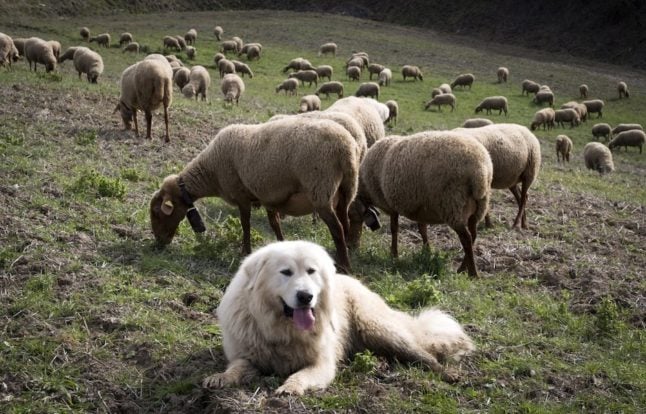Management at the venue had promised in March to end the sequence, in which non-aquatic snakes were immersed in a transparent tank with a woman for an acrobatic performance.
The cabaret “announces the permanent end of the snakes number as of today, Tuesday, May 9th, ahead of its [earlier] commitment,” it said, having said previously it would end all performances involving live animals in 2024.
The cabaret, founded in 1889, has bowed to pressure from Paris officials and campaigners who pointed out the cruelty of submerging terrestrial snakes in water.
Animal rights advocates said they had seen the snakes trying to keep their heads above water during the segment.
The two species used in the act, Southeast Asian reticulated and Indian pythons, are protected and live on land, officials from the Paris mayor’s office had informed the venue.
The Moulin Rouge’s decision followed a heated campaign with petitions and demonstrations.
“It’s a historic move” that “goes in the right direction for ending animal captivity in France”, said Amandine Sanvisens of the Paris Animaux Zoopolis (PAZ) advocacy group, which had been planning a new protest in front of the institution.
Last year the cabaret told Le Parisien newspaper: “We have never mistreated and will never mistreat animals.”




 Please whitelist us to continue reading.
Please whitelist us to continue reading.
Member comments